California Congestion Bill Could Result in American Autobahn

While California has some of the best driving roads in the country, large swaths of the state suffer from serious congestion issues. For years, the preferred solution was to bolster public transit in San Francisco and Los Angeles while simultaneously establishing high-speed rail lines between the two areas. Unfortunately, costs ballooned and support for the project dwindled.
Legislators are now left with a problem. Abandoning the rail program means settling for partially completed lines incapable of transporting passengers directly between LA and the Bay Area. California needs a different solution, and Sen. John Moorlach (R-CA) has a doozy of a proposition: highway lanes with no speed limit.
Effectively, an American Autobahn.
Senate Bill 319 suggests adding two additional lanes to north and southbound Interstate 5 and Route 99 without limitations to vehicle velocity. While the bill doesn’t expressly state how far these lanes will extend, Automobile claims they would run from Stockton to Bakersfield — a distance of about 240 miles via I-5 or 230 miles via CA-99. This puts the lanes on roughly the same route as the costly rail line.
“If Sacramento is serious about allowing Californians to travel between Los Angeles and the Bay Area, and High-Speed Rail will take too long to build, let’s construct four additional lanes with no maximum speed limit to provide for high speed on a safe road,” Moorlach suggested.
While Automobile cites an addendum to SB-319 suggesting that speeds in excess of 100 mph would be punishable by hefty fines, the inclusion stems from existing vehicle code. The bill is clearly aimed at unlimited speeds and will seek exemptions for those lanes, which Moorlach said would be separated.
Critics have complained that California would never go for unlimited speed limits and suggested that the proposal is dangerous. However, statistics have repeatedly proven that Germany’s motorways are less perilous than their U.S. equivalents. Even in the case of the Autobahn, the elevated number of high-speed crashes rarely mange to supersede the number of fatalities witnessed or rural back roads in a given year.
Truth be told, the big hurdle for Senate Bill 319 will be convincing California that it won’t hurt the environment. Trains are seen as the greener option. While unquestionably true when hauling a full load, the matter becomes cloudy when rail lines don’t see a lot of business. Every empty seat means a bigger carbon footprint for those still riding, especially when the train is dependent upon fossil fuels (which includes electric trains sourcing energy from coal- or gas-powered plants).
That’s where SB-319 has an opportunity. Despite spending a fortune on rail lines over the last two decades, Southern California has seen car ownership (and its population) explode and mass transit decline. L.A. Metro, the region’s largest transit provider, said bus ridership fell by 23 percent between 2009 to 2017. Meanwhile, rail usage has increased, though not at a rate that keeps pace with all the state’s new drivers.
By minimizing vehicle idle time, the bill proposes a reduction in overall emissions for the roadways using the added lanes. In fact, it proposes using the California’s Greenhouse Gas Reduction Fund to build them.
While we like the idea, this kind of legislation has a habit of getting modified until the most interesting aspects are removed. If SB-319 does pass, the no-speed-limit angle will likely be altered. But we’re not abandoning all hope.
[Image: Sundry Photography/Shutterstock]

A staunch consumer advocate tracking industry trends and regulation. Before joining TTAC, Matt spent a decade working for marketing and research firms based in NYC. Clients included several of the world’s largest automakers, global tire brands, and aftermarket part suppliers. Dissatisfied with the corporate world and resentful of having to wear suits everyday, he pivoted to writing about cars. Since then, that man has become an ardent supporter of the right-to-repair movement, been interviewed on the auto industry by national radio broadcasts, driven more rental cars than anyone ever should, participated in amateur rallying events, and received the requisite minimum training as sanctioned by the SCCA. Handy with a wrench, Matt grew up surrounded by Detroit auto workers and managed to get a pizza delivery job before he was legally eligible. He later found himself driving box trucks through Manhattan, guaranteeing future sympathy for actual truckers. He continues to conduct research pertaining to the automotive sector as an independent contractor and has since moved back to his native Michigan, closer to where the cars are born. A contrarian, Matt claims to prefer understeer — stating that front and all-wheel drive vehicles cater best to his driving style.
More by Matt Posky
Latest Car Reviews
Read moreLatest Product Reviews
Read moreRecent Comments
- ToolGuy I read in TTAC that EVs are useless and dead, just sayin.
- ToolGuy I am starting to question the love for our planet expressed by the oligopolists. Have I been lied to?
- NigelShiftright My favorite color on any current car is the "McLaren orange" on Subaru Crosstreks. Unfortunately I am about four inches too tall to fit behind the wheel of one.
- Bd2 This should solve some of those awkward styling elements on the first EV6 and doing so only 3 years into the product cycle will also be increasing it's collectible value at future Barret Jackson auctions . A youtuber I follow does expect the Kia EV6 to be among the pioneers of collectible electric cars. I recently traced my 1997 Toyota Supra Turbo for a Kia EV9.
- Redapple2 HK makes rubbish. Spend 10% more. Get 25 % better.



















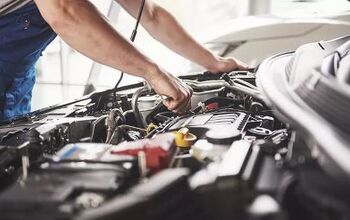
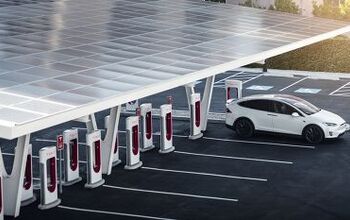


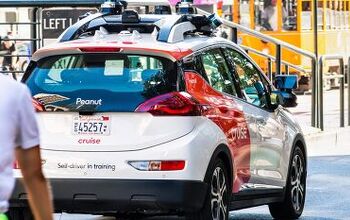
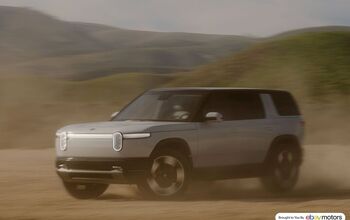

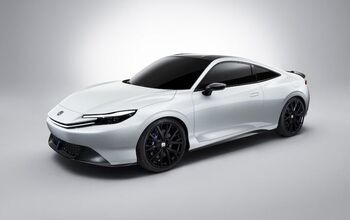

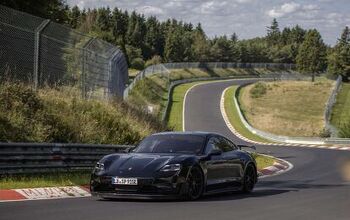
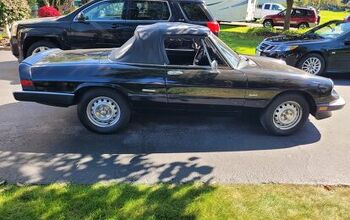
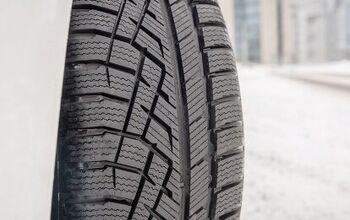
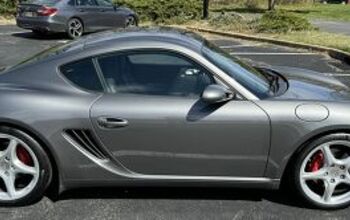
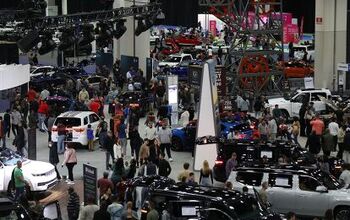
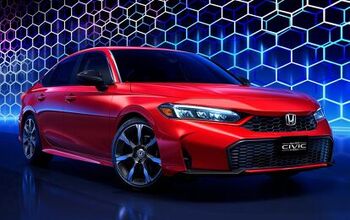
Comments
Join the conversation
There's canals and aqueducts for transporting water all over Southern California, right? Just allow paddle boat traffic on those. /sarc, if you can't tell
Kiss your loved ones goodbye.